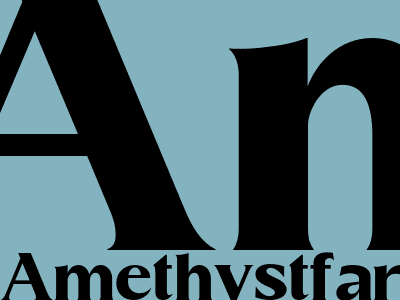
Amethystfarbene Wiesenkoralle is "Fungus of the Year"
The German Mycological Society (DGfM) has chosen Amethystfarbene Wiesenkoralle (Clavulina amethystina) as the "Fungus of the Year" for 2023. The decision was made due to the fungus's vibrant amethyst color, its importance as a symbiotic partner for trees, and its role in nutrient cycling in forests.
Ecological Significance
Amethystfarbene Wiesenkoralle forms symbiotic relationships with various tree species, including beech, oak, and pine. These relationships are mutually beneficial, with the fungus providing water and nutrients to the tree in exchange for carbohydrates. This symbiotic association plays a crucial role in the growth and survival of trees in forest ecosystems.
In addition to its role in tree health, Amethystfarbene Wiesenkoralle is an essential decomposer in forest ecosystems. It breaks down organic matter, such as fallen leaves and dead wood, and releases essential nutrients back into the soil. This process helps maintain the fertility and productivity of forest soils.
Characteristics and Habitat
Amethystfarbene Wiesenkoralle is characterized by its distinctive amethyst color, which can range from pale lilac to deep purple. It has a club-shaped or branched appearance and typically grows in groups on the ground in moist forests and meadows. The fungus is most commonly found in Europe and North America.
Amethystfarbene Wiesenkoralle is a relatively common species, but its populations are declining due to habitat loss and changes in forest management practices. The DGfM's designation as "Fungus of the Year" aims to raise awareness about the importance of this species and the need for its conservation.
Culinary and Medicinal Uses
Amethystfarbene Wiesenkoralle has traditionally been used in folk medicine for its purported medicinal properties. However, there is limited scientific evidence to support these claims. The fungus is not considered edible and can cause gastrointestinal upset if consumed.
Conclusion
Amethystfarbene Wiesenkoralle is a fascinating and ecologically important fungus that plays a vital role in forest ecosystems. Its vibrant amethyst color, symbiotic relationships with trees, and role in nutrient cycling make it a worthy recipient of the "Fungus of the Year" designation. The DGfM's recognition of this species highlights the importance of conserving and protecting fungi for the health of our forests and ecosystems.